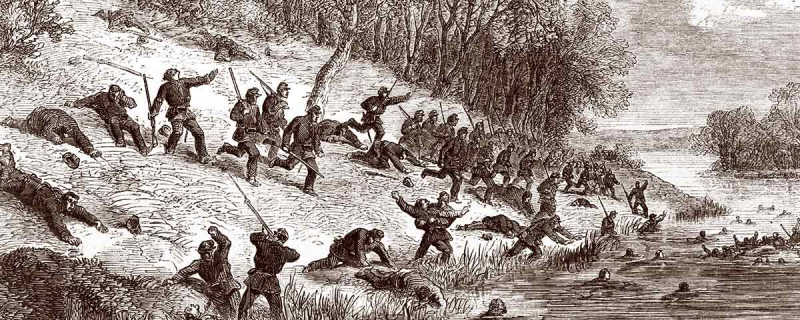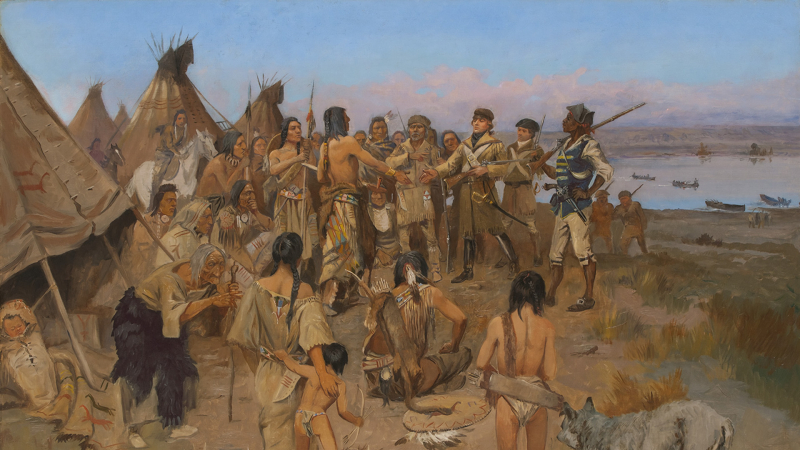Military disaster
Inexperience, rough terrain, and a lack of ships led to a military disaster. According to statistics, forty-nine Confederate soldiers were killed at Ball's Bluff, and dozens more drowned trying to flee. Hundreds more are listed as injured, arrested, or missing. Among them was a former US Senator from Oregon, and Abraham Lincoln's friend, COL Baker. If Baker survived this battle, it would only be a footnote to Civil War history. Instead, his death turned this minor failure into a major controversy that ignited contemporaries and has captivated historians ever since. With great losses, this has become an indispensable fact in the list of facts about the Battle of Ball's Bluff.
The military disaster began as an attempt to raid an unprotected Confederate barracks that ended in an embarrassing Confederate defeat. Not only was the raid based on fake intelligence gathered by an inexperienced officer, but communication between Union officers throughout the battle was also ineffective. Ball's Bluff's terrain itself presents a forbidden challenge. Made up of steep, wooded cliffs bordering the Potomac River, the Confederates fought against the river and were unable to gain good ground. To complicate matters further, there were only four small boats available at Harrison Island, and Confederate reinforcements arriving at Ball's Bluff were slow and few. In the end, Evans' troops forced the Yankees unscathed and literally into the Potomac River. Here again, the shortage of boats took its toll on the Federation. Those who did not surrender would have to swim through, and many drowned in the attempt. The staggering disparity in casualties made the Confederacy's defeat all the more resounding. Confederate troops suffered more than 1,000 casualties, while the Confederates lost less than 160.










